Tag: ventilation
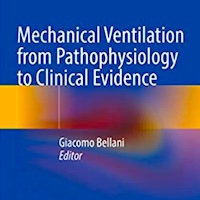
Mechanical Ventilation from Pathophysiology to Clinical Evidence
This new book aims to give a comprehensive overview of the current challenges and solution posed to the health care professionals who need to use mechanical ventilation to treat their patients. Mechanical ventilation is... read more

Emergency Department Crowding Impact on Lung Protective Ventilation
Obtaining definitive control of the airway, when indicated, is the responsibility of the emergency medicine physician. Traditionally patients were managed on the ventilator with lung volumes of 10 – 15 ml/kg. However,... read more

Early Calorie and Protein Restriction Associated with Faster Recovery in Ventilated Patients
Compared with standard calorie and protein targets, early calorie and protein restriction did not decrease mortality but was associated with faster recovery and fewer complications. Of 3,044 patients randomly assigned... read more
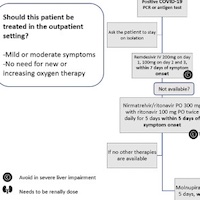
COVID-19 in Solid Organ Transplant Recipients
Solid Organ Transplant (SOT) recipients are at high risk of severe coronavirus disease-2019. Prior to the availability of vaccination, passive immunotherapies and effective antiviral therapeutics, the outcomes of COVID-19... read more

COVID-19 Pandemic Effect on the Incidence and Survival Outcomes of EMS-witnessed OHCA
While other international studies have observed higher incidence and reduced survival in non-EMS-witnessed out-of-hospital cardiac arrest (OHCA) during the COVID-19 pandemic, this study did not identify any significant impacts... read more

The Advanced Ventilator Book
The Advanced Ventilator Book is a companion to the best-selling The Ventilator Book and is written for clinicians who already have a solid foundation in the basics of mechanical ventilation. It goes beyond the ventilator... read more

Is It Time to Abandon Routine Mask Ventilation Before Intubation?
Mask ventilation in the period between induction and intubation has traditionally been used to confirm the ability to ventilate the patient while awaiting the onset of adequate neuromuscular blockade. However, recent studies... read more

Dexmedetomidine, Almost As Many Uses As There Are Letters
There is literature to support the use of dexmedetomidine in patients with sympathomimetic toxidrome. It may be a reasonable approach to utilize Dex, with or without a bolus, while closely monitoring these patients in an... read more
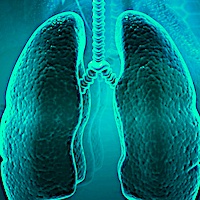
Postoperative Pulmonary Complications in the ENIGMA II Trial
Respiratory complications remain among the most common and serious adverse outcomes of major surgery. In the Australian and New Zealand Audit of Surgical Mortality, postoperative pneumonia accounted for 44% of infective... read more
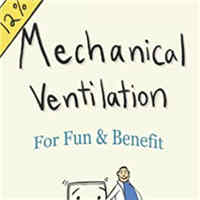
Mechanical Ventilation: For Fun and Benefit
Illustrated and explained simply this book is for anyone that works in an intensive care unit - residents, pulmonary/critical care fellows, therapists, or nurses who wants a better understanding of mechanical ventilation. Easy... read more

Clinical Application of Mechanical Ventilation
Fundamental concepts of respiratory physiology and the day-to-day duties of a respiratory care professional. Utilizing the wide degree of topics covered, including airway management, understanding ventilator waveforms,... read more
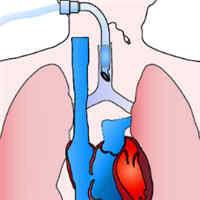
Lung and Diaphragm Protective Ventilation Guided by the Esophageal Pressure
Lung protective ventilatory strategies aim to limit tidal volume, driving pressure and plateau pressure to minimize lung stress and strain and consequently reduce the morbidity and mortality risks associated with mechanical... read more
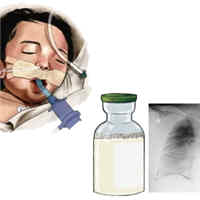
Surfactant Therapies for Pediatric ARDS
We advocate for well-designed preclinical and explanatory clinical studies to investigate the use of surfactant for pediatric (PARDS) and neonatal (NARDS) acute respiratory distress syndrome. Given the accumulating knowledge... read more
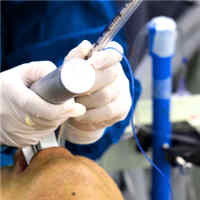
Improving Outcomes in Patients with Difficult Airways
Evidence indicates that the airway community has successfully conquered the anatomically difficult airway, as these patients are managed safely with a low incidence of morbidity and mortality. In contrast, the literature... read more




